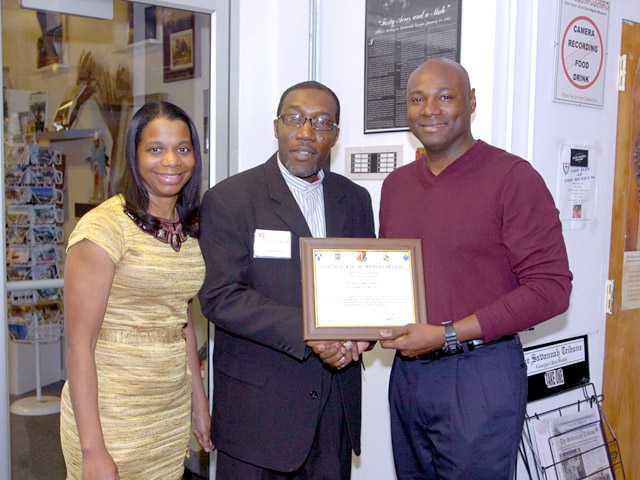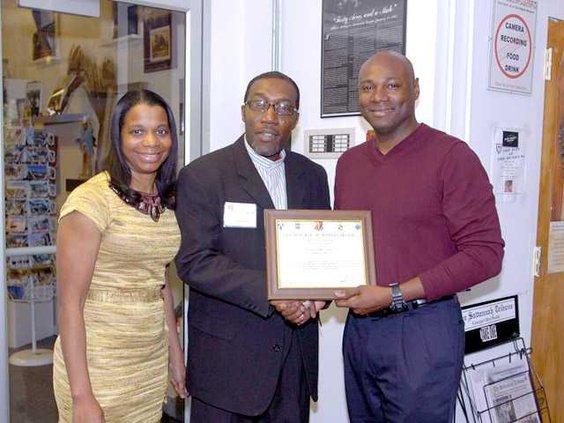SAVANNAH — February is the month America celebrates the contributions that the African-American community has made to the culture and history of the United States.
As part of the celebration of black history, a group of soldiers from the 188th Infantry Brigade took time out to visit the Ralph Mark Gilbert Civil Rights Museum to learn more about Savannah’s civil rights history.
After driving from Fort Stewart, the group was met at the door by the museum’s tour director, Troy D. Lance.
He explained that the museum was located in what used to be the Wage Earners Savings and Loan Bank, believed to be the second bank in the nation for African-Americans, in a historically black community in Savannah.
The museum is named after Dr. Ralph Mark Gilbert, the father of Savannah’s modern-day civil rights movements. Gilbert was a chapter president of the National Association for the Advancement of Colored People, a pastor at the First African Baptist Church and a champion of Savannah’s civil rights.
Lance discussed Savannah’s early history with riverfront ties to slavery as well as being a home for free blacks. He discussed Jim Crow-era Savannah, tests used to exclude blacks and other people of color from voting and the reasons behind segregated restrooms.
Lance also talked about many of the landmark decisions and events that led to the integration of Savannah.
After watching a short film with interviews of several Savannahians who participated in the civil-rights struggle, Lance took the group upstairs to see a collection with special significance to the soldiers.
One of the exhibits commemorated the service of the Buffalo Soldiers, the name given to the black cavalrymen by the Native-American tribes they fought.
The term Buffalo Soldiers eventually referred to all the segregated African-American regiments, with the last one deactivated when its soldiers integrated into other units in 1951.
The group also was shown the Sherman Room, which contained a painting of Gen. William T. Sherman and Secretary of War Edwin M. Stanton meeting with 20 black ministers and lay leaders Jan. 12, 1865, to discuss the future of the thousands of freed slaves, and other paintings and sketches of the leaders from the historic era.
“It is important that we as soldiers understand the civil rights struggle, as it is those very rights and freedoms that we fight for on a daily basis,” said Maj. Dominic V. Stewart, executive officer of the 188th Infantry Brigade.
“The museum is an excellent opportunity to view a portion of our country’s history that we are not often exposed to.”
188th visits civil rights museum


Sign up for our e-newsletters